Nail polish: Clever uses beyond just dazzling your fingertips? Absolutely! I’m so excited to share some ingenious DIY tricks that will make you see that bottle of colorful lacquer in a whole new light. Forget chipped manicures for a moment; we’re diving into a world where nail polish becomes your secret weapon for home repairs, organization, and even a touch of artistic flair.
While nail polish might seem like a modern invention, the desire to adorn our nails dates back millennia! Ancient civilizations used natural dyes from plants and minerals to color their nails, signifying status and beauty. Today, we have a rainbow of shades at our fingertips, and thankfully, we can use them for so much more than just aesthetics.
Ever struggled with fraying shoelaces, scratched furniture, or tangled threads? These everyday annoyances can be easily tackled with a simple coat of nail polish. I’ve found that these clever uses for nail polish are not only incredibly practical but also a fantastic way to save money and reduce waste. Instead of tossing out a slightly damaged item, you can often repair it with a dab of your favorite color. Plus, who doesn’t love a good DIY project that’s both fun and functional? So, grab your nail polish collection, and let’s unlock its hidden potential!
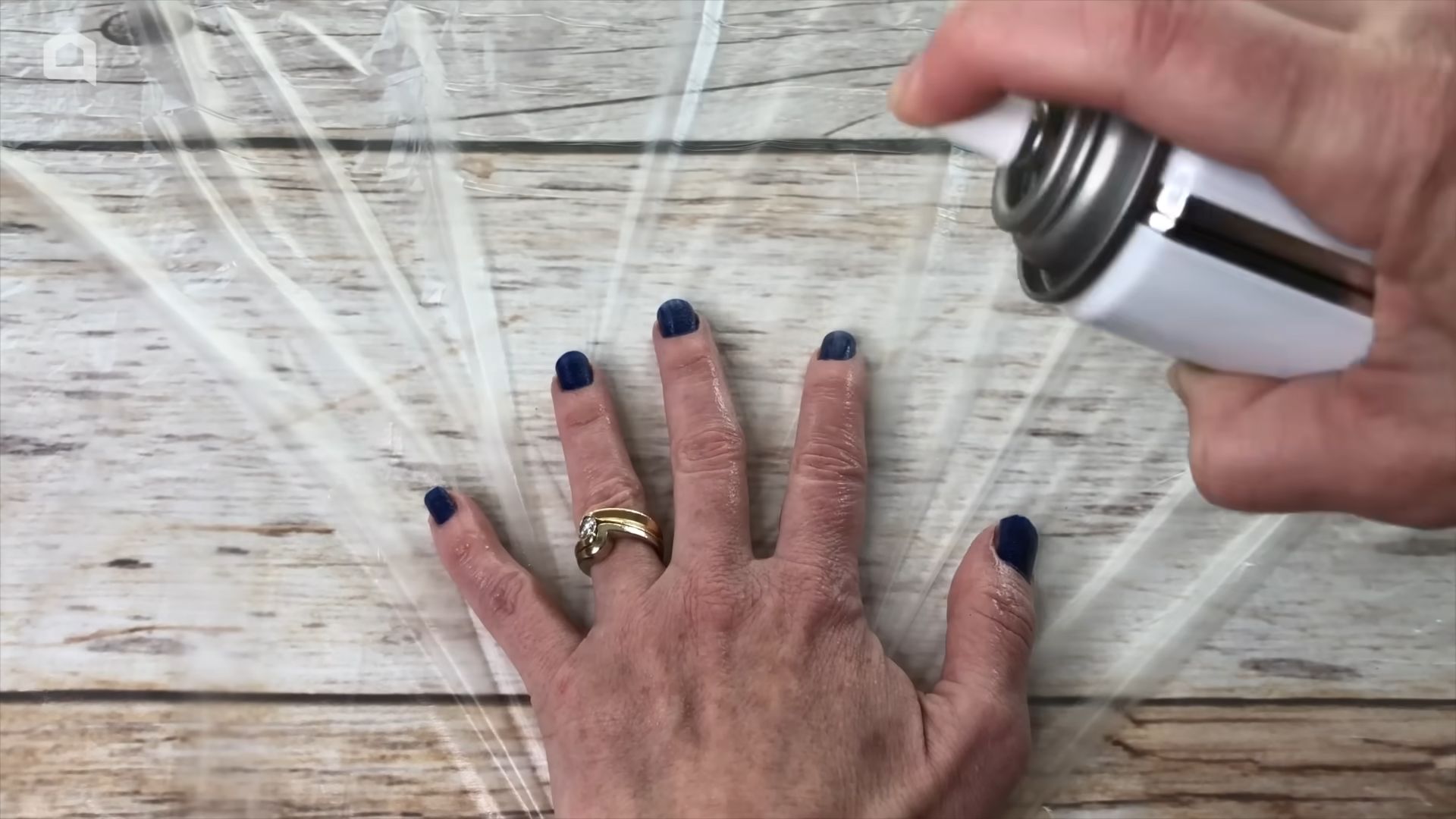
Unlock the Magic: Unexpected Uses for Nail Polish Beyond Your Manicure!
Hey there, fellow DIY enthusiasts! I bet you have a drawer overflowing with nail polish bottles in every color imaginable, right? We all do! But did you know that these little bottles of color are capable of so much more than just making your nails look fabulous? Get ready to be amazed because I’m about to share some seriously clever and unexpected uses for nail polish that will make your life a little easier and a lot more colorful!
Threading a Needle? No Problem!
Ever struggled to thread a needle, especially those with tiny eyes? I know I have! It’s frustrating, but nail polish comes to the rescue!
* The Problem: Frayed thread ends make threading a needle a real pain.
* The Solution: A dab of clear nail polish stiffens the thread, making it a breeze to slip through the eye.
Here’s how to do it:
1. Snip the Thread: Cut the end of the thread you want to use.
2. Apply Nail Polish: Dip the very tip of the thread into a bottle of clear nail polish. Just a tiny bit!
3. Shape and Dry: Gently roll the thread between your fingers to shape it into a point. Let it dry completely. This usually takes just a few seconds.
4. Thread Away! Now, that stiffened, pointed thread will slide right through the eye of the needle.
Preventing Rust and Tarnishing
Rust and tarnish are the enemies of our favorite metal items. But guess what? Nail polish can be a powerful shield!
* The Problem: Metal jewelry, tools, and other items can rust or tarnish over time, especially when exposed to moisture.
* The Solution: A thin coat of clear nail polish acts as a protective barrier, preventing oxidation and keeping your items looking shiny and new.
Here’s how to protect your metal treasures:
1. Clean the Surface: Make sure the metal surface is clean and dry. Remove any existing rust or tarnish with a suitable cleaner.
2. Apply a Thin Coat: Using the nail polish brush, apply a thin, even coat of clear nail polish to the metal surface you want to protect.
3. Let it Dry Completely: Allow the nail polish to dry completely before using or storing the item. This usually takes about 15-20 minutes.
4. Reapply as Needed: Over time, the nail polish may wear off. Reapply a fresh coat as needed to maintain the protective barrier.
Pro Tip: This works wonders on costume jewelry! It can also help prevent allergic reactions to certain metals by creating a barrier between your skin and the metal.
Sealing Envelopes and Packages
Running out of glue or tape? Nail polish to the rescue!
* The Problem: You need to seal an envelope or package, but you’re out of adhesive.
* The Solution: A dab of clear nail polish provides a quick and easy seal.
Here’s how to seal with style:
1. Fold the Flap: Fold the envelope or package flap as you normally would.
2. Apply Nail Polish: Apply a thin line of clear nail polish along the edge of the flap where it meets the envelope or package.
3. Press and Hold: Press the flap down firmly and hold for a few seconds until the nail polish begins to dry.
4. Let it Dry Completely: Allow the nail polish to dry completely before mailing or handling the item.
Color-Coding Keys and Tools
Ever fumble through a bunch of keys trying to find the right one? Or grab the wrong screwdriver from your toolbox? Nail polish can help you organize!
* The Problem: It’s hard to quickly identify the correct key or tool when they all look the same.
* The Solution: Use different colors of nail polish to color-code your keys and tools, making them easy to identify at a glance.
Here’s how to get organized:
1. Choose Your Colors: Select a variety of nail polish colors to represent different keys or tool types.
2. Apply to the Head: Apply a generous coat of nail polish to the head of each key or the handle of each tool.
3. Let it Dry Completely: Allow the nail polish to dry completely before using the keys or tools.
4. Add a Second Coat (Optional): For extra durability, apply a second coat of nail polish.
Pro Tip: Create a color-coding system and write it down so you remember what each color represents!
Tightening Screws
Loose screws driving you crazy? Nail polish can help!
* The Problem: Screws in glasses, furniture, or other items can loosen over time, causing them to wobble or fall out.
* The Solution: A dab of nail polish on the screw threads acts as a temporary adhesive, helping to keep the screw in place.
Here’s how to tighten things up:
1. Tighten the Screw (If Possible): If the screw is still partially in place, try to tighten it as much as possible.
2. Apply Nail Polish: Apply a small amount of clear nail polish to the screw head and around the edges where it meets the surface.
3. Let it Dry Completely: Allow the nail polish to dry completely before using the item.
Important Note: This is a temporary fix. For a more permanent solution, you may need to use a thread-locking adhesive or replace the screw.
Repairing Small Chips and Scratches
Got a small chip in your favorite mug or a scratch on your car? Nail polish can be a quick and easy fix!
* The Problem: Small chips and scratches can be unsightly and can sometimes lead to further damage.
* The Solution: Nail polish can be used to fill in small chips and scratches, making them less noticeable and preventing further damage.
Here’s how to camouflage those imperfections:
1. Clean the Surface: Make sure the surface is clean and dry.
2. Choose a Matching Color: Select a nail polish color that closely matches the color of the item you’re repairing.
3. Apply Carefully: Apply a small amount of nail polish to the chip or scratch, using a thin brush or toothpick to fill it in.
4. Let it Dry Completely: Allow the nail polish to dry completely.
5. Smooth the Surface (Optional): If necessary, you can gently smooth the surface with a fine-grit sandpaper or polishing cloth.
Important Note: This is a cosmetic fix and may not be suitable for all types of damage.
Waterproofing Shoelaces
Annoyed by soggy shoelaces? Nail polish can help keep them dry!
* The Problem: Shoelaces can get wet and frayed, making them difficult to tie and uncomfortable to wear.
* The Solution: Applying clear nail polish to the ends of your shoelaces can waterproof them and prevent fraying.
Here’s how to keep your laces dry:
1. Apply to the Ends: Apply a generous coat of clear nail polish to the ends of your shoelaces.
2. Shape and Dry: Roll the ends between your fingers to shape them into a point. Let them dry completely.
3. Reapply as Needed: Reapply nail polish as needed to maintain the waterproof seal.
Preventing Runs in Hosiery
Oh no, a run in your stockings! Don’t panic, nail polish is here!
* The Problem: Runs in hosiery can quickly spread, ruining your stockings.
* The Solution: A dab of clear nail polish can stop a run in its tracks.
Here’s how to save your stockings:
1. Apply to the Run: Carefully apply a small amount of clear nail polish to the beginning and end of the run.
2. Let it Dry Completely: Allow the nail polish to dry completely before wearing the stockings.
Important Note: This is a temporary fix, but it can buy you some time until you can replace the stockings.
Creating Custom Jewelry
Get creative and design your own unique jewelry!
* The Problem: You want to personalize your jewelry or create something unique.
* The Solution: Use nail polish to add color and designs to plain jewelry findings, beads, or charms.
Here’s how to unleash your inner artist:
1. Gather Your Supplies: Collect plain jewelry findings, beads, charms, and a variety of nail polish colors.
2. Apply Nail Polish: Apply nail polish to the jewelry items, creating your desired designs. You can use brushes, toothpicks, or even dotting tools to create different effects.
3. Let it Dry Completely: Allow the nail polish to dry completely.
4
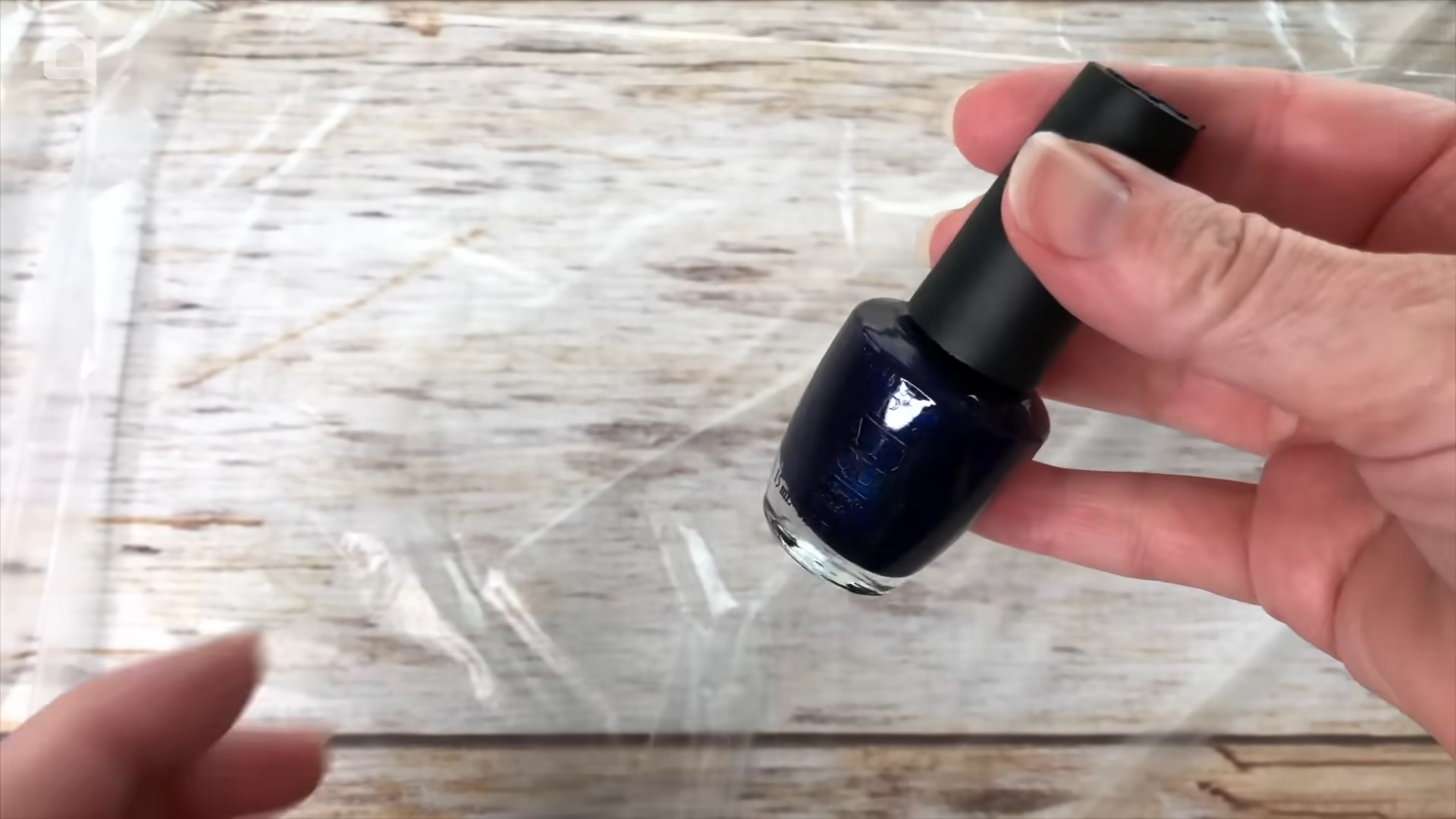
Conclusion
So, there you have it! This deep dive into the unexpected world of nail polish has hopefully opened your eyes to its incredible versatility beyond just manicures and pedicures. We’ve explored how this seemingly simple cosmetic item can be a powerful tool for tackling everyday annoyances, protecting your belongings, and even adding a touch of personalized flair to your life.
The beauty of these DIY tricks lies in their simplicity and accessibility. You likely already have a bottle or two of nail polish tucked away in a drawer, just waiting to be unleashed on a new project. Forget expensive specialty products or complicated solutions – nail polish offers a cost-effective and readily available alternative for a surprising number of tasks.
Think about it: preventing runs in your stockings, color-coding keys for easy identification, sealing envelopes with a touch of shimmer, or even repairing a chipped button. These are just a few examples of how this humble product can make your life a little easier and more organized. And let’s not forget the creative possibilities! From embellishing phone cases to adding a pop of color to your jewelry, nail polish allows you to express your individuality and personalize your belongings in a unique and affordable way.
But the real magic happens when you start experimenting and discovering your own clever uses for nail polish. Don’t be afraid to think outside the box and try new things. Perhaps you’ll find that a coat of clear nail polish is the perfect solution for preventing your shoelaces from fraying, or maybe you’ll discover that a vibrant shade of glitter polish is just what your old picture frames need to come back to life.
The possibilities are truly endless.
And remember, these tricks aren’t just about convenience; they’re also about sustainability. By repurposing nail polish in creative ways, you’re extending its lifespan and reducing waste. It’s a small but meaningful step towards a more eco-conscious lifestyle.
We encourage you to try out these DIY tricks and see for yourself how versatile nail polish can be. Start with the ones that resonate most with you, and then gradually explore the others. Don’t be afraid to get creative and adapt them to your own needs and preferences.
Here are a few variations to consider:
* For extra durability: Apply multiple thin coats of nail polish instead of one thick coat. This will create a stronger and more resistant barrier.
* For a glossy finish: Always finish with a top coat of clear nail polish. This will protect the color and add a beautiful shine.
* For a matte look: Use a matte top coat instead of a regular one. This will give your projects a trendy and sophisticated finish.
* For added grip: Apply a thin layer of textured nail polish to slippery surfaces, such as the handles of tools or the soles of shoes.
* For a personalized touch: Mix different colors of nail polish together to create your own custom shades.
Ultimately, the best way to discover the full potential of nail polish is to experiment and have fun. So, grab a bottle of your favorite color, unleash your creativity, and see what amazing things you can create.
We’re confident that you’ll be amazed by the results. And we can’t wait to hear about your experiences! Share your own clever uses for nail polish in the comments below. Let’s inspire each other and discover even more ways to make the most of this versatile product. Let us know what you think about these **nail polish** hacks!
Frequently Asked Questions (FAQ)
Is it safe to use nail polish for these DIY tricks?
Generally, yes, it’s safe to use nail polish for the DIY tricks mentioned, as long as you’re using it for external applications and not ingesting it. However, it’s always a good idea to exercise caution and take certain precautions. Avoid using nail polish on surfaces that come into direct contact with food or on areas of your skin that are sensitive or prone to irritation. When working with nail polish, ensure proper ventilation to avoid inhaling excessive fumes. If you have any concerns about allergies or sensitivities, it’s best to test a small area first before applying nail polish to a larger surface.
What type of nail polish is best for these DIY projects?
The best type of nail polish for these DIY projects depends on the specific application. For most general purposes, regular nail polish works just fine. However, for projects that require extra durability or resistance to wear and tear, you might consider using gel nail polish or a specialized nail polish designed for crafts. Gel nail polish needs to be cured under a UV or LED lamp, but it offers a much longer-lasting and chip-resistant finish. For projects that require a lot of detail, a nail art pen or a fine-tipped brush can be helpful.
How long does nail polish last when used for DIY projects?
The lifespan of nail polish on DIY projects depends on several factors, including the type of nail polish used, the surface it’s applied to, and the amount of wear and tear the project is subjected to. In general, nail polish can last anywhere from a few weeks to several months, or even longer, if properly applied and cared for. To extend the lifespan of your nail polish projects, apply multiple thin coats instead of one thick coat, and always finish with a top coat of clear nail polish. Avoid exposing your projects to harsh chemicals or abrasive materials, as these can damage the nail polish and cause it to chip or peel.
Can I use expired nail polish for these DIY tricks?
While it’s generally safe to use expired nail polish for DIY tricks, keep in mind that its consistency and performance may be affected. Expired nail polish tends to become thick and gloopy, which can make it difficult to apply smoothly and evenly. It may also take longer to dry and be more prone to chipping or peeling. If you’re using expired nail polish, try adding a few drops of nail polish thinner to restore its original consistency. However, if the nail polish is severely dried out or has a foul odor, it’s best to discard it and use a fresh bottle.
How do I remove nail polish from surfaces if I make a mistake?
Removing nail polish from surfaces can be tricky, but it’s definitely possible with the right techniques and products. The most common method is to use nail polish remover, which contains acetone or other solvents that dissolve the nail polish. However, acetone can damage certain surfaces, such as plastic or painted wood, so it’s important to test a small, inconspicuous area first. For delicate surfaces, you can try using a non-acetone nail polish remover or a mixture of rubbing alcohol and water. Apply the remover to a cotton ball or cloth and gently dab the affected area until the nail polish is dissolved. Be careful not to rub too hard, as this can damage the surface. Once the nail polish is removed, clean the area with soap and water to remove any residue.
Are there any surfaces that I should avoid using nail polish on?
Yes, there are certain surfaces that you should avoid using nail polish on, as it can cause damage or discoloration. These include:
* Fabrics: Nail polish can stain fabrics permanently, so it’s best to avoid using it on clothing, upholstery, or carpets.
* Porous materials: Nail polish can seep into porous materials, such as wood or stone, making it difficult to remove.
* Painted surfaces: Acetone-based nail polish remover can strip paint, so it’s best to avoid using it on painted surfaces.
* Certain plastics: Nail polish can dissolve or damage certain types of plastic, so it’s important to test a small area first.
* Food contact surfaces: Avoid using nail polish on surfaces that come into direct contact with food, as it can be toxic if ingested.
Can I use nail polish to repair chipped ceramics or glass?
While nail polish can be used to temporarily repair chipped ceramics or glass, it’s not a permanent solution. The nail polish will fill in the chip and prevent it from spreading, but it’s not as strong or durable as a professional repair. To repair a chipped ceramic or glass item with nail polish, clean the area thoroughly and apply a thin layer of nail polish to the chip. Allow the nail polish to dry completely, and then apply another layer if necessary. For a more permanent repair, consider using a specialized adhesive designed for ceramics or glass.
How can I prevent nail polish from chipping or peeling on my DIY projects?
To prevent nail polish from chipping or peeling on your DIY projects, follow these tips:
* Prepare the surface properly: Clean the surface thoroughly and remove any dirt, oil, or debris.
* Apply a base coat: A base coat will help the nail polish adhere to the surface better and prevent it from chipping.
* Apply multiple thin coats: Multiple thin coats of nail polish are more durable than one thick coat.
* Allow each coat to dry completely: Make sure each coat of nail polish is completely dry before applying the next one.
* Apply a top coat: A top coat will protect the nail polish and add a glossy finish.
* Avoid harsh chemicals or abrasive materials: These can damage the nail polish and cause it to chip or peel.
* Store your projects properly: Store your projects in a cool, dry place away from direct sunlight.

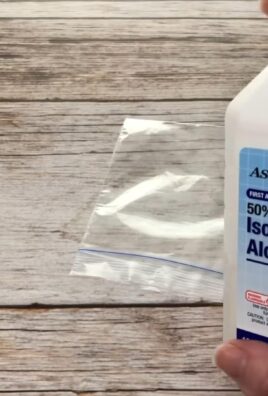
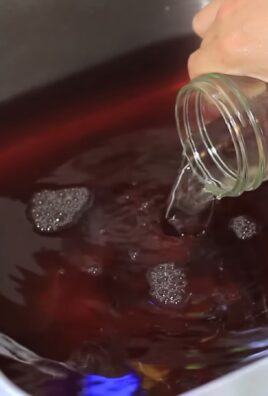
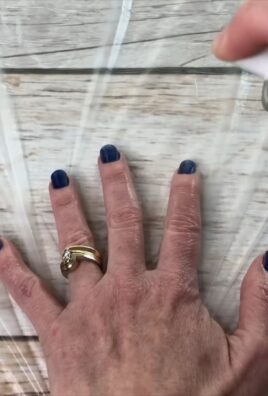
Leave a Comment